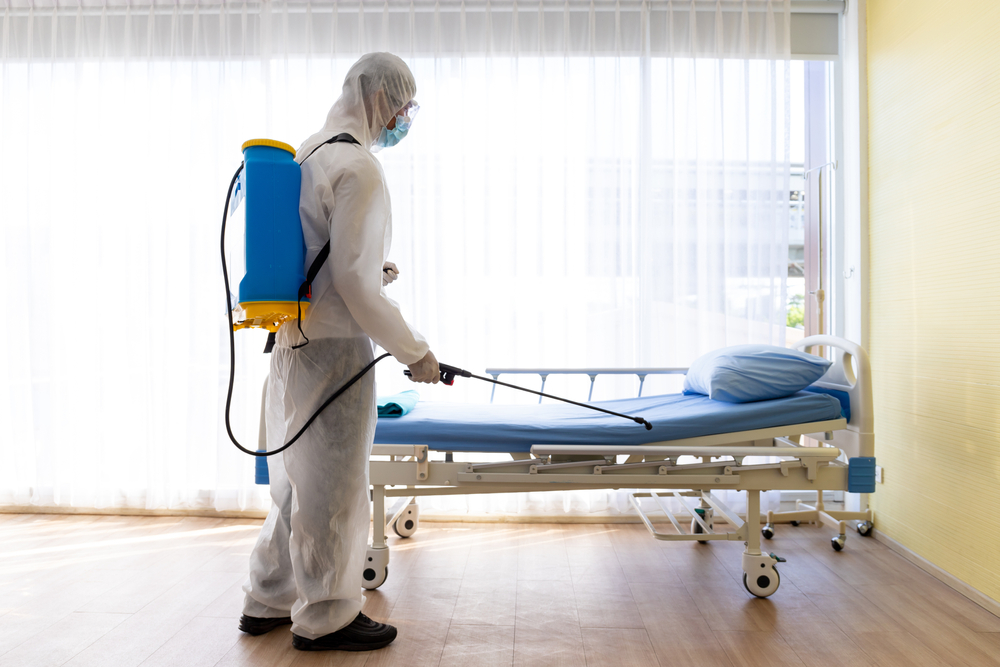
22 Feb Preventing Infection in the Operating Room
With healthcare costs rising aggressively, many providers are under pressure to reduce costs. Infection control is a critical element of cost-effectiveness. Infections can also cause harm to both patients and healthcare workers, so preventing their spread is essential.
All medical facilities can benefit from the basics of infection control, but efficiently using these principles in the operating room (OR) will help you ensure safe surgical procedures in your facility. You can use these methods to prevent infection cost-effectively and easily.
What Is an Infection?
An infection is an invasion of the body by a microorganism, such as bacteria or viruses. You can acquire an infection in many ways, but the most common is contact with an infected person or object. Infections can cause serious problems immediately or in the future, including long-term medical complications and even death.
The Consequences of an Infection
Historically, infection is the most dangerous variable in any operation or surgical procedure in the OR. More people die from the complications and infections that result from surgery than from the surgery itself. Despite the advances in modern medicine, infection is a specter that hangs over every patient and surgeon’s head when a procedure begins.
Infections can lead to serious medical complications, including sepsis, organ dysfunction and failure, long-term disability, or even death. Infections can also increase the cost of care and treatment, impede a patient’s recovery and reduce their quality of life. Infections can spread to other patients, healthcare workers, and visitors through various routes.
Given the severe consequences of infection, taking preventative measures is essential to keep patients and healthcare personnel safe in and out of the OR.
Methods for Preventing Infection in the Operating Room
To reduce the spread of infection in the operating room, you can use several methods to limit the risk.
Sterilization and Disinfection
The best method for preventing infection in the OR is to be proactive. The first line of defense against infection is to ensure that you disinfect the surfaces in the operating room and all medical equipment.
Disinfection doesn’t completely kill all microorganisms, but it does reduce their numbers significantly enough to minimize the risk of infection. Always follow the disinfectant manufacturer’s instructions including the amount of time a surface must be wet for the disinfectant to work as indicated on the label.
Hand Hygiene
Your hands are one of the dirtiest parts of your body. Unfortunately, they are also essential in any operating procedure. As a result, hand hygiene is critical to infection control, and all healthcare workers must practice it in the operating room.
Anyone scrubbing in for a case should follow facility policy as well as the scrub products’ instructions since there are some variations. Consider posting signs with instructions for waterless surgical scrub products at the scrub sinks. Cleans hands with soap and water or alcohol based hand rub after every surgical procedure. Hands should also be cleaned after contact with the patient, equipment or environmental surfaces.
Avoiding Contamination From the Patient’s Skin
Another common source of infection is from the patient. This is the rationale behind pre-op bathing and skin prep in the OR prior to surgery. Both of these processes aim to reduce the microbial flora on the skin that could migrate into the wound during surgery.
Wearing Protective Clothing and Gloves

Using Infection Control Techniques During Surgery
During surgery, it is crucial to take additional precautions to limit the spread of infection in the OR. Infections can occur when instruments come into contact with open wounds, so it is crucial to ensure that all instruments are clean and properly sterilized.
In addition to following standard precautions and performing hand hygiene, the Association of periOperative Nurses (AORN) recommends using the isolation technique or clean closure when performing bowel surgery. The goal of this technique is to prevent the spread of microorganisms from one site to another and therefore, prevent a surgical site infection (SSI).
Gowns and Masks
Personnel who are scrubbed in must wear sterile gowns to protect the sterile field which ultimately, protects the patient. All healthcare workers should wear face masks in accordance with facility policy to protect themselves and/or their patients.
Instrument Tracking
It would be best to track all surgical instruments to ensure that they undergo thorough cleaning and proper sterilization after every use. There are numerous instrument tracking systems available with the goal of ensuring the whereabouts of instruments are known at all times which saves both OR and sterile processing personnel time.
The Importance of Preventing Infection in the Operating Room
Infection in the operating room is a serious issue that can have disastrous consequences. It is essential to employ proper sterilization and disinfection techniques, practice hand hygiene, wear protective clothing such as gloves, use infection control techniques during surgery, and track instruments.
By following these steps, healthcare workers can help keep the operating room safe and protect patients. You can also work with a hospital consultation service to ensure that you follow the most effective and up-to-date infection prevention procedures. This way, you’ll be able to keep your patients and your staff safe and healthy.
Contact Infection Control Results today to learn how we can help improve your operating room procedures.

